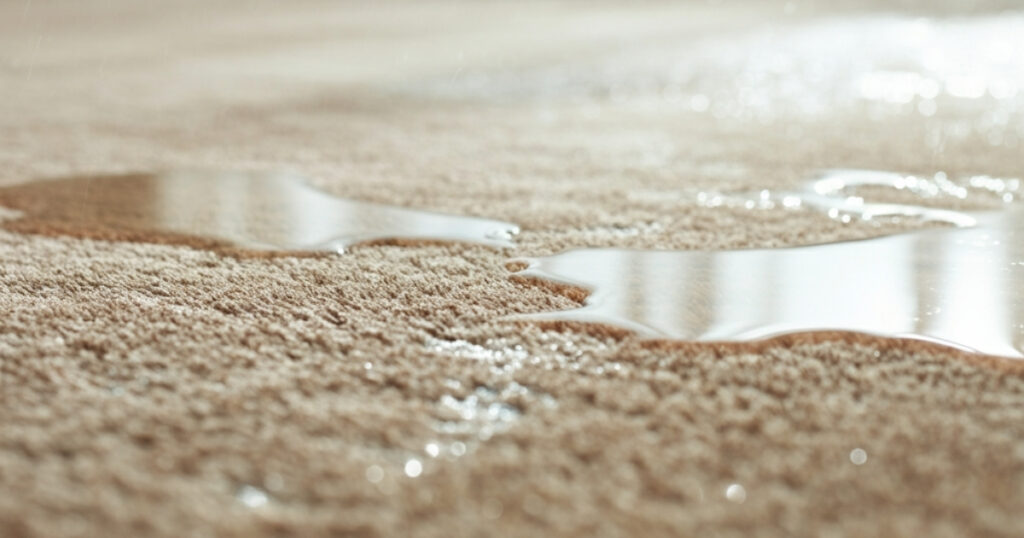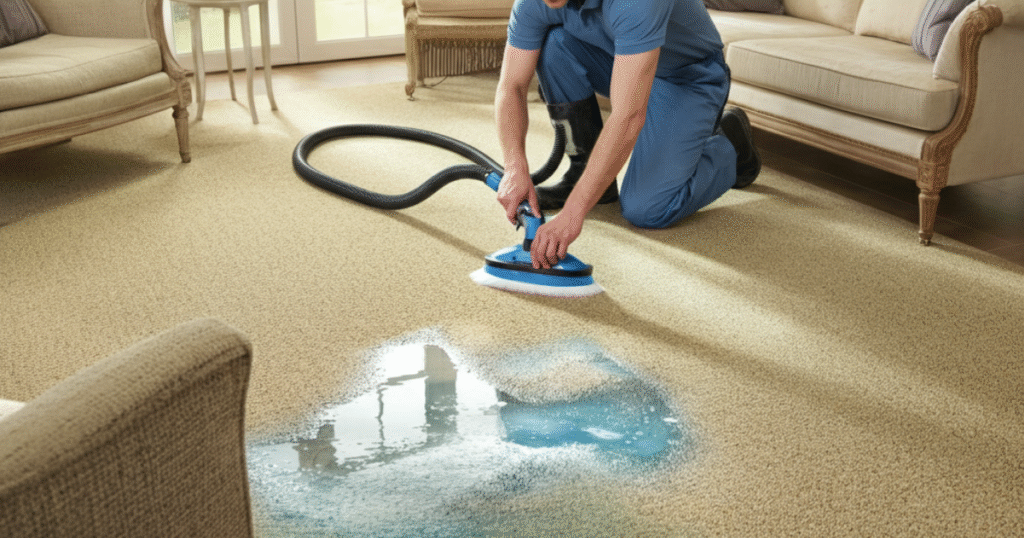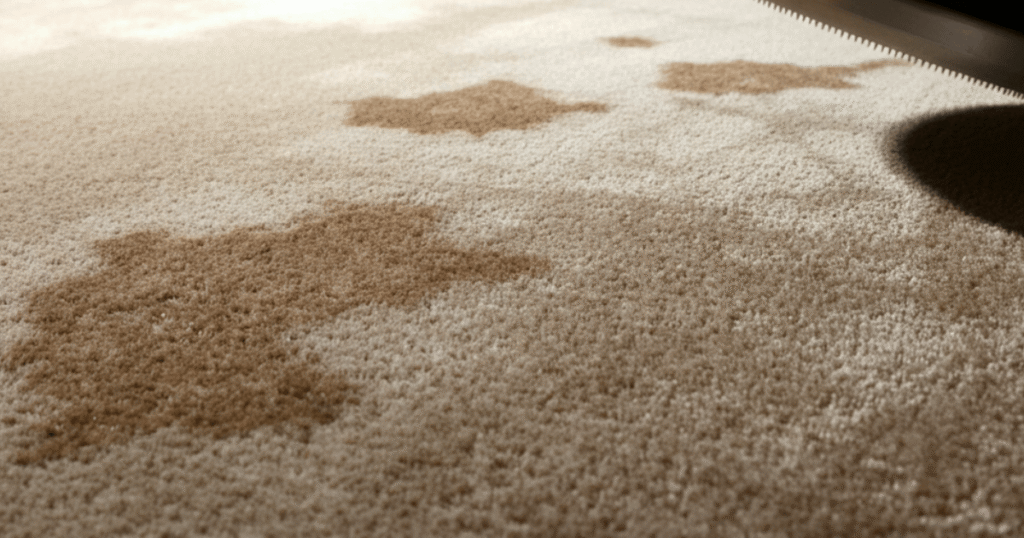That antique dresser you found at a flea market has incredible potential, but it comes with a less-than-charming musty scent. Learning how to get the old smell out of wood furniture is a common challenge for anyone who loves vintage pieces. This lingering odor, often a mix of mildew, dust, and age, can seem stubborn, but it doesn’t have to be a permanent feature of your new find. With the right approach, you can effectively neutralize these smells and prepare your furniture to be a beautiful, fresh addition to your home.
This isn’t just about masking the scent; it’s about eliminating it at its source. Whether you’re dealing with a family heirloom or a thrift store treasure, the process involves cleaning, deodorizing, and sometimes sealing the wood. Fortunately, you can achieve great results using simple household items and a bit of patience. This post will cover several proven methods to banish those musty smells for good, ensuring your wooden furniture smells as good as it looks.
Identifying the Source of the Odor
Understanding Why Old Wood Smells
Before you can tackle the smell, it helps to understand where it’s coming from. Old wood furniture often develops a musty odor due to prolonged exposure to damp, poorly ventilated environments. Consequently, this creates the perfect breeding ground for mold and mildew, which are primary culprits behind that characteristic “old furniture” smell. Over time, the porous nature of wood allows these microscopic fungi, along with dust, dirt, and other environmental contaminants, to embed deep within its fibers.
In addition to mold and mildew, other factors contribute to lingering odors. For instance, furniture that was stored in a smoker’s home can absorb nicotine and tar, leaving a stale tobacco smell. Similarly, items from kitchens might retain greasy cooking odors. Sometimes, the smell is simply the result of the wood’s natural aging process, combined with the decay of old finishes, waxes, and polishes. By correctly identifying the likely cause, you can choose the most effective cleaning method.
Preparing Your Furniture for Deodorizing
The Essential First Step: A Thorough Cleaning
Your first line of defense is always a comprehensive cleaning. Begin by emptying the furniture completely, removing all drawers and any detachable hardware. Then, using the brush attachment on your vacuum, thoroughly go over every surface, inside and out. Pay special attention to corners, crevices, and the underside of the furniture, as these are common hiding spots for dust, cobwebs, and other debris that can hold onto odors.
After vacuuming, prepare a gentle cleaning solution. A mixture of mild dish soap and warm water is usually sufficient for this initial step. Dip a soft cloth into the solution, wring it out until it’s just damp, and wipe down all surfaces. It’s crucial to avoid oversaturating the wood, as excess moisture can cause damage or worsen mildew problems. Following the wash, wipe everything down again with a clean, damp cloth to remove any soap residue, and then dry it completely with a third cloth.
Natural Methods to Get the Old Smell Out of Wood Furniture
Harnessing the Power of Sunlight and Fresh Air
One of the simplest and most effective deodorizers is nature itself. Sunlight is a natural disinfectant, and its UV rays can help kill mold and bacteria that cause unpleasant smells. If weather permits, take your furniture outside on a dry, sunny day. Open all its doors and drawers to expose as much surface area as possible to the air and sun. Let it sit for several hours, but be cautious not to leave it in direct, harsh sunlight for too long, as this could lead to fading or damage to the finish.
This method works because fresh air helps to dissipate trapped odor molecules, while the sun works to neutralize the source. Even a day or two of airing out can make a significant difference. If you can’t move the piece outdoors, placing it in a well-ventilated room with open windows and a fan can also help. The continuous airflow will carry away the musty smell over time, providing a gentle yet effective solution.
Using Household Staples for Odor Absorption
Several common household items are excellent at absorbing odors. After cleaning your furniture, you can place bowls of these substances inside drawers and cabinets to draw out any remaining musty smells. Baking soda is a classic choice; its alkaline nature helps neutralize acidic odors. Simply fill a few shallow bowls with baking soda and place them inside the furniture for a few days, replacing as needed.
Activated charcoal is another powerful option, known for its highly porous structure that effectively traps odor molecules. You can buy activated charcoal briquettes (without lighter fluid) or granules. Place them in breathable bags or open containers. Similarly, unused coffee grounds and even cat litter can work wonders. Spread them on a newspaper-lined drawer or in a shallow pan and leave them for several days to absorb the unwanted scents.
Advanced Techniques for Stubborn Smells
Neutralizing Odors with Vinegar or Vodka
For more persistent smells, a stronger solution may be necessary. White vinegar is a fantastic natural deodorizer that kills mold and mildew. Create a solution of equal parts white vinegar and water. Lightly spray the mixture onto the interior surfaces of the furniture or wipe it down with a cloth dampened in the solution. The vinegar smell will be strong at first but will dissipate as it dries, taking the musty odor with it.
If you’re wary of the vinegar smell, an alternative is unflavored vodka. Its high alcohol content makes it an effective disinfectant and odor neutralizer. Just like with the vinegar solution, you can lightly spray it on the interior surfaces or apply it with a damp cloth. Vodka evaporates quickly and leaves behind no scent of its own. Always test these solutions on a small, inconspicuous area first to ensure they don’t damage the finish.
If you’re curious to learn more, check out this article: How to Get Musty Smell Out of Antique Furniture | Complete Guide.
When to Sand and Seal the Wood
Sometimes, the odor is so deeply embedded in the wood or its finish that topical treatments are not enough. In these cases, you may need to sand and seal the wood. This is a more labor-intensive process but is often the most permanent solution for eliminating stubborn smells. Start by lightly sanding the interior surfaces of the furniture. This action removes the top layer of the old finish and any embedded grime that’s holding the odor.
After sanding, wipe away all the dust with a tack cloth. Next, apply a sealant. Shellac is an excellent choice for this purpose because it’s a natural resin that creates an effective vapor barrier, trapping any residual odors within the wood. Apply a thin coat of shellac with a brush, ensuring even coverage. Once it’s dry, the smell should be completely sealed away, and your furniture will be ready for a new finish or simply to be used as is.
Interested in similar topics? This blog might help: How to Get Rid of Furniture Beetles Naturally?
Maintaining a Fresh-Smelling Piece
Long-Term Prevention Strategies
Once you’ve successfully removed the old smell, you’ll want to ensure it doesn’t return. The key to prevention is controlling the environment. Keep your wood furniture in a dry, well-ventilated area. Avoid placing it in damp basements or garages where mildew is likely to thrive. Using a dehumidifier in humid climates can also make a huge difference in preventing moisture buildup that leads to musty odors.
Regular cleaning is also essential. Dust your furniture frequently and wipe up spills immediately. To maintain a fresh scent, you can place sachets of dried lavender, cedar blocks, or cotton balls with a few drops of essential oil inside drawers and cabinets. These natural air fresheners will impart a subtle, pleasant aroma and help absorb any potential moisture. With proper care, your once-smelly furniture will remain a fresh and beautiful centerpiece in your home.
For a deeper understanding, visit our related post: Why Is Professional Upholstery Cleaning Essential for Your Furniture?
Frequently Asked Questions
1. Can I use bleach to get the old smell out of wood furniture?
Yes, you can, but with extreme caution. A diluted bleach solution (one part bleach to four parts water) can kill mold and mildew. However, bleach is harsh and can discolor or damage the wood’s finish. Always test it on a hidden spot first and ensure the area is well-ventilated.
2. How long does it take for baking soda to remove odors?
It can take several days to a week. For best results, place open containers of baking soda inside the furniture and change it every two to three days until the odor is gone.
3. Is it safe to use essential oils on wood?
Yes, but you should not apply them directly to the wood surface, as the oil can stain or damage the finish. Instead, apply a few drops to a cotton ball or a small cloth and place it inside a drawer or cabinet.
4. What if the smell is still there after trying everything?
If the odor persists after trying cleaning, airing out, and using absorbers, the smell is likely very deep in the wood. In this case, your best option is to sand the interior surfaces and apply an odor-blocking sealant like shellac.
5. Can painting the inside of the furniture help with the smell?
Yes, painting can help seal in odors. Before painting, clean the surface thoroughly and apply an odor-blocking primer. This creates a barrier that traps the smell, and then you can apply your paint color of choice.
As an Amazon Associate, I earn from qualifying purchases.



